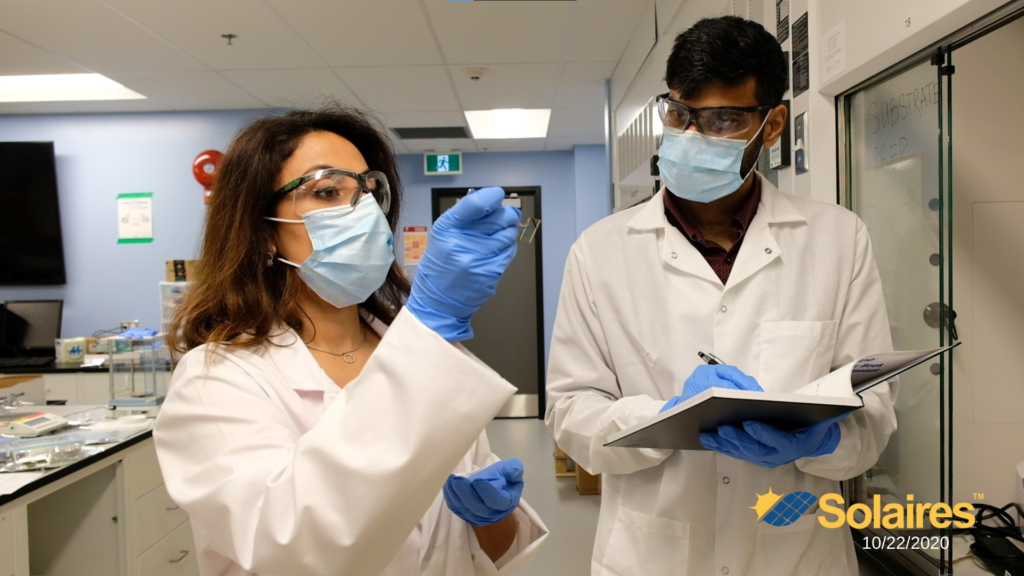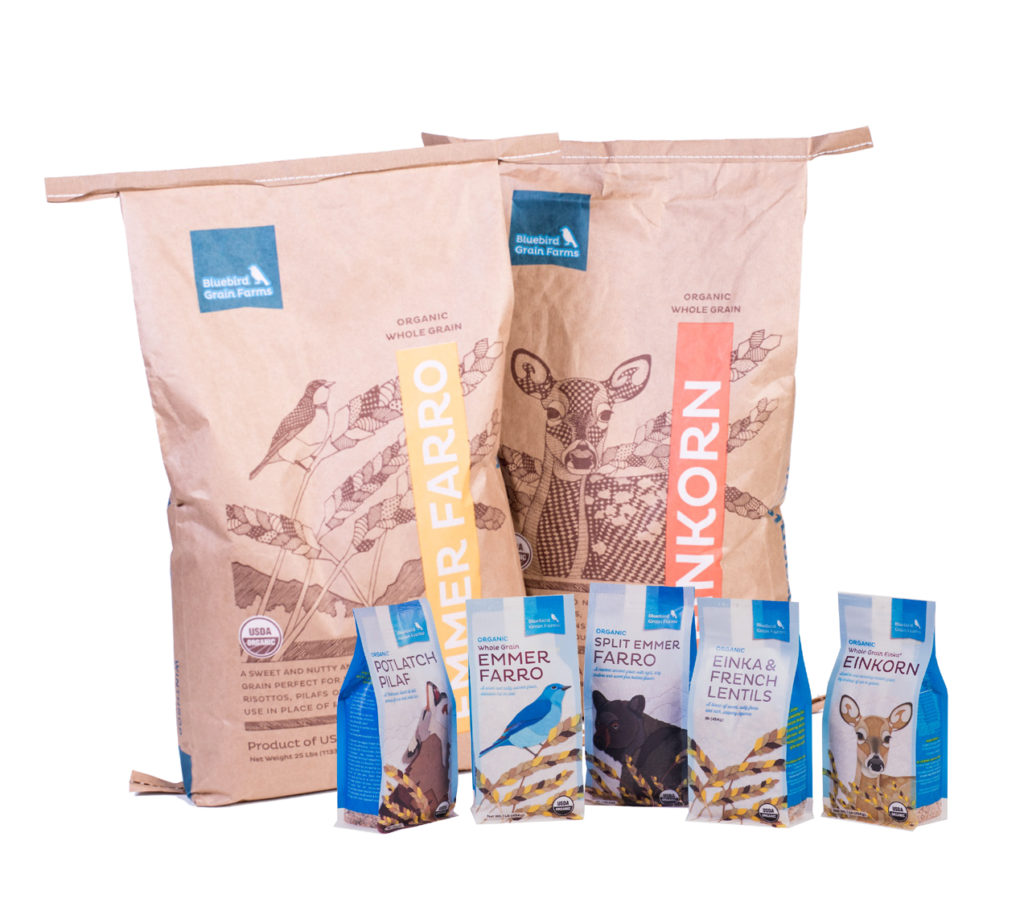
In a world where consumption rules and waste is taking over, your organization is ready to help save the day.
As a circular economy organization, you already know the benefits of reusing, repairing, refurbishing, remanufacturing, repurposing, or recycling products. But the journey to rally others on your quest for impact may seem incredibly lonely.
Bam! Suddenly, a conveniently-timed character has entered the scene to help guide your marketing and offer a beacon of clarity to your communications. Their name is storytelling.
Setting and achieving your impact goals can be daunting given that the circular economy hasn’t entered the mainstream yet. And if getting attention is hard enough, imagine sustaining that attention to explain something that most people haven’t even really heard of.
As an impact-led enterprise, connecting with your audience at a deeper level is crucial. Storytelling will help you better engage, inspire, and lead your audience on the long journey to the day when the circular economy just becomes “the economy.”
To avoid getting lost in the plot and deliver compelling communications leading up to the Zero Waste Conference, here’s how to effectively use storytelling to reach your impact goals. (Cue the cliffhanger.)
Know Your Target Market Audience(s)
Before you can begin using storytelling as a marketing tool, you first need to break down your audiences into primary and secondary groups through segmentation.
According to Bizfluent, “the primary target market is the group of consumers a business covets the most or feels is most likely to be the purchaser of its product or service.” As you can imagine, secondary audiences are those that fall closely after primary in terms of desirability.
It’s important that you get specific with your various audiences to understand who will have the most impact, and, therefore, who you should be reaching and creating resonance with. Depending on what sector you’re in within the circular economy/zero waste space, as well as your impact goals, there may be unique audiences you’ll want to target.
Here are a few sector-specific audiences:
Public/Government: Legislators, personnel, general public.
For-profit: Since the circular economy is new in the mainstream, audiences may need to get created; however, they may be cohorts of current “green” consumers.
Non-profit: Employees (often unpaid volunteers), donors, board members, etc.
Determine Your Current Challenges
Before you can devise a story to share through your marketing channels, ask yourself: What are the current challenges/problems your organization is facing that marketing/communications could help overcome?
Knowing these challenges can help you focus on a story (or stories) that would appeal to your target audience and cause them to perform a desired action.
For example, if you’re a non-profit in need of volunteers, perhaps you could highlight one of your current volunteers, including why they started volunteering, what they like about volunteering, and how volunteering at your organization makes an impact on the planet. Individuals who connect with the “characters” in the story are more likely to consider contributing to your organization, including possibly volunteering.
While most circular economy organizations may currently face the common issue of educating stakeholders about the zero waste space and the circular economy, there may be challenges specific to your organization and/or sector that are worth focusing on in more detail.
Sector-specific challenges:
Public/Government: Getting funding and legislation passed and/or buy-in from stakeholders.
For-profit: Audience growth, lead generation, and/or sales.
Non-profits: Appealing to board members, getting donations, finding volunteers, etc.
There may also be challenges you’re facing with your marketing efforts. Luckily, we offer tips on how to identify and overcome them.
Use Storytelling to Reach Your Impact Goals
Now that you know your audience and have identified your current challenges, you’re ready for the inciting incident: telling your story(ies).
While it may seem daunting, humans have been telling stories for thousands of years; it’s sort of our thing.
Storytelling allows you to activate the imagination of your audience, which can help you stand out from the noise, establish a deep connection, and ultimately get their buy-in.
Perhaps you didn’t realize that you were already doing it by leading with your values, but marketing relies heavily on telling stories — in this case, your story.
In order to do this effectively, you need to take this “novel” concept of the circular economy — something, of course, Indigenous people have been doing for centuries — and package it in a way that is accessible and familiar.
Here are some tips for effective storytelling:
- Establish a brand voice if you don’t have one
- Choose a clear, concise message
- Have a clear structure; a beginning, middle, and end is a good place to start
- Include personal anecdotes when appropriate
- Use one of seven familiar story archetypes, such as Overcoming the Monster or The Quest
- Look to others for inspiration. For example, check out Warby Parker’s Our Story page
By applying these tips, you can more effectively share your brand vision to achieve your impact goals, thus helping the circular economy at large — and the world, one story at a time.
Get in Touch
At Sparx, our mission is to create content to make the world better.
If you’re in the business of making the world better too and need help creating great content, digitally delighting your customers, marketing your business, or you simply have marketing-related questions, the experts at Sparx Publishing Group are always available to chat. You can reach us here.



























